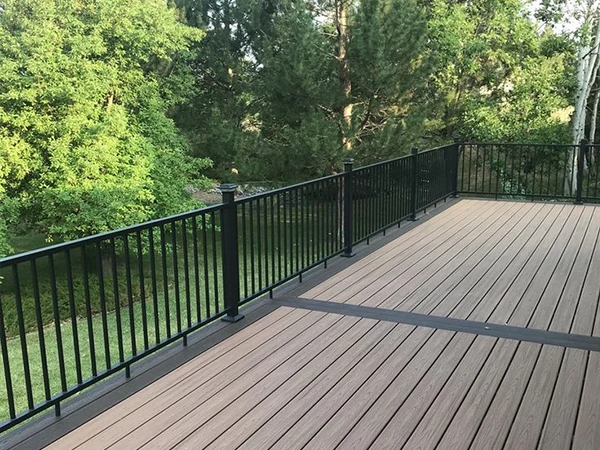With the rise of green building materials, antimicrobial WPC has been widely adopted in outdoor landscaping, gardens, public facilities, and other sectors due to its eco-friendly and weather-resistant characteristics. However, in practical applications, it has become increasingly apparent that there is still room to enhance their antimicrobial performance, particularly in environments with stringent hygiene requirements.
Initially, the industry widely believed that combining plant fibers with plastics would naturally grant WPC with waterproof, mildew-resistant, and decay-resistant properties, ensuring good durability even without adding antimicrobial agents. However, as applications expanded, studies revealed that WPC remains susceptible to mold, rot fungi, and even material degradation in humid or enclosed environments, compromising its stability and service life.
As living standards improve, performance requirements for WPC products continue to rise. Particularly in public spaces such as hospitals, bathrooms, and parks, there is a significant increase in market demand for antimicrobial WPC materials. Antimicrobial WPC not only extends product lifespan and reduces maintenance but also effectively lowers public health risks while enhancing product value and competitiveness.

To enhance the antimicrobial performance of WPC, various types of antimicrobial additives have been developed, including inorganic, organic, polymer-based, and composite agents. These additives inhibit the growth of bacteria, fungi, and other microorganisms through different mechanisms, effectively improving the WPC's durability and hygienic safety. Notably, polymer-based and composite antimicrobial agents are gaining increasing industry preference due to their high stability and broad-spectrum antimicrobial efficacy.
As public awareness of healthy living and hygienic public environments grows, eco-friendly WPC with built-in antimicrobial properties is set to become the industry standard. Practical selection requires a comprehensive evaluation of application scenes, environmental humidity, exposure conditions, and other factors to determine the most suitable antimicrobial system. The next generation of WPC products is evolving toward "durability, safety, and sustainability," contributing to cleaner and healthier spaces.

The evolution of antimicrobial WPC reflects materials science's dynamic adaptation to emerging health, safety and sustainability requirements. The sector has progressed from early speculative approaches to precisely engineered antimicrobial solutions, with continuous innovation enhancing material performance. As market expectations grow and applications diversify, these composites are poised to expand their influence across public infrastructure, household settings and specialized applications, cementing their position as a cornerstone of sustainable construction materials.